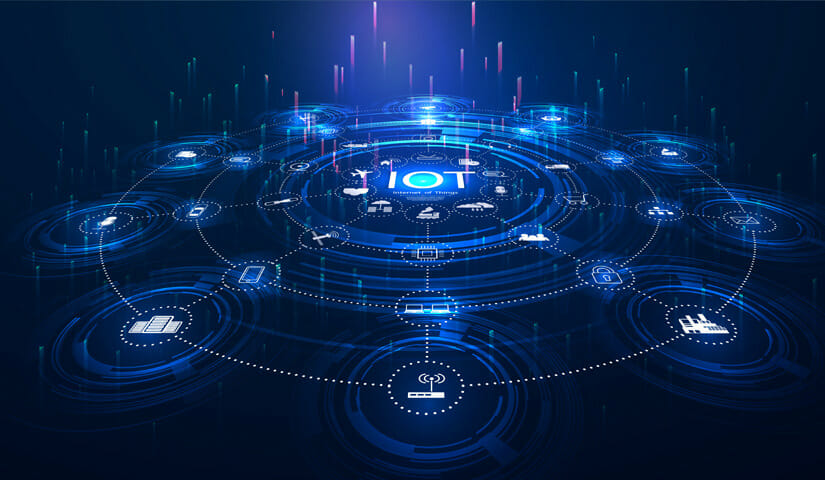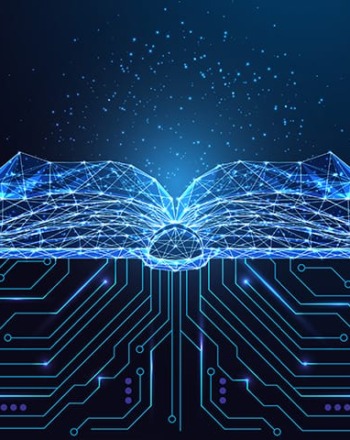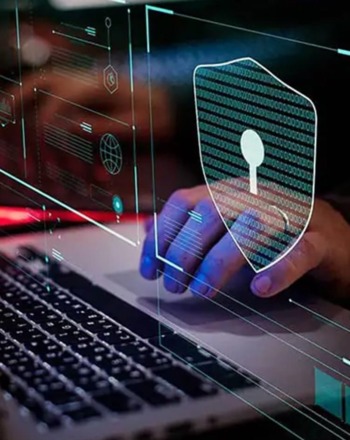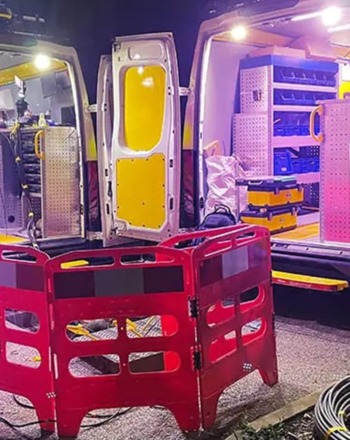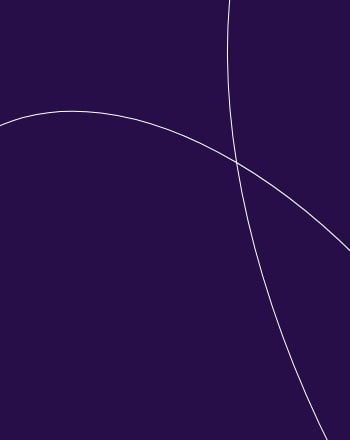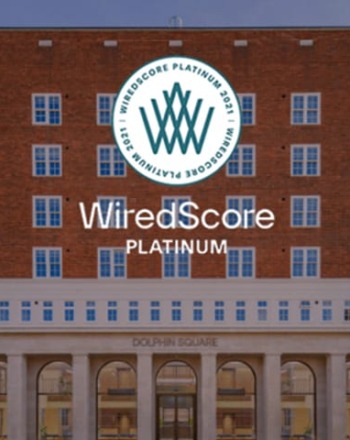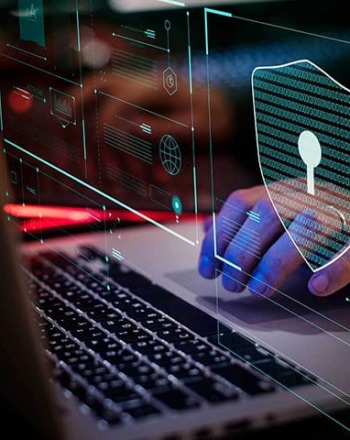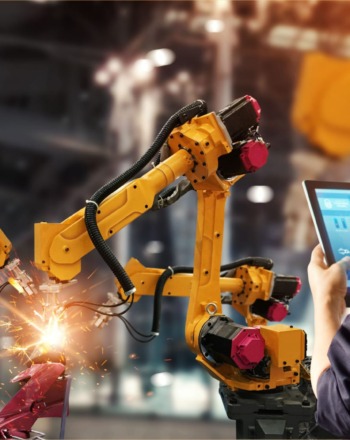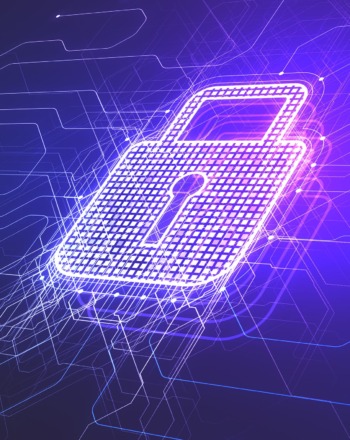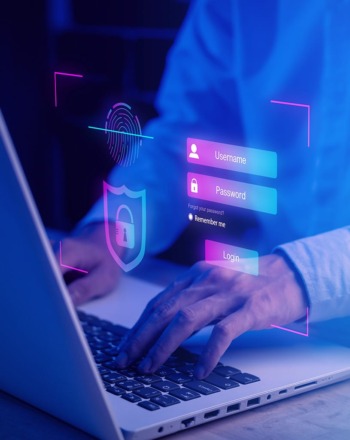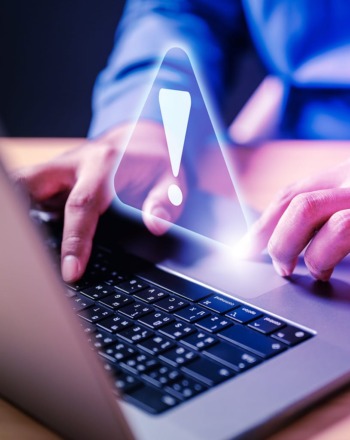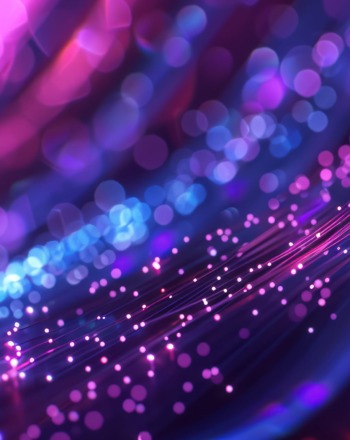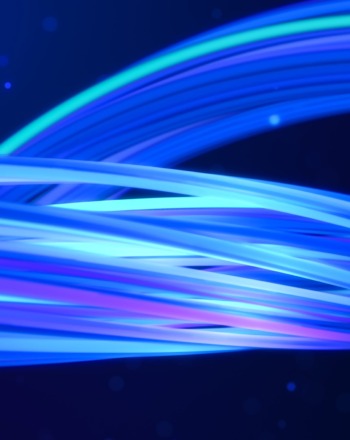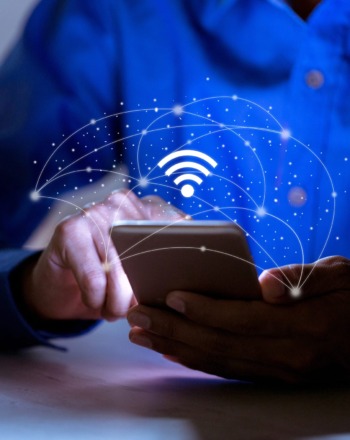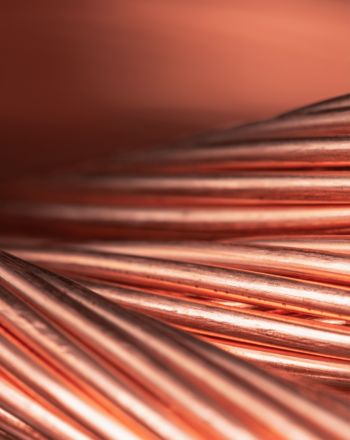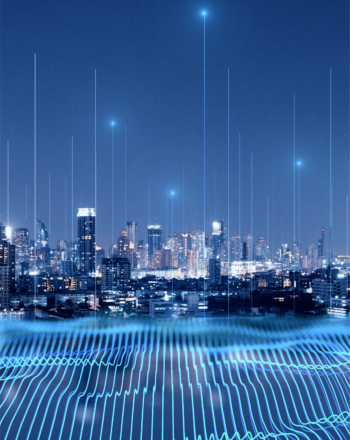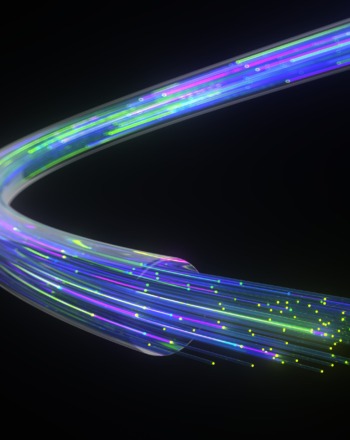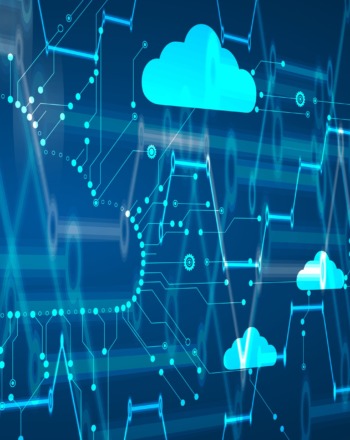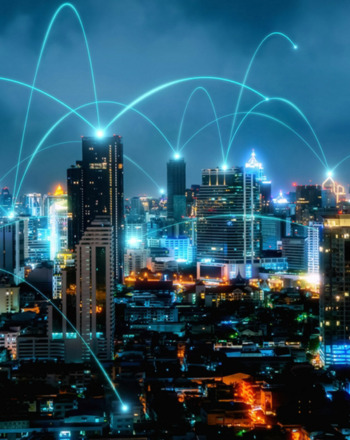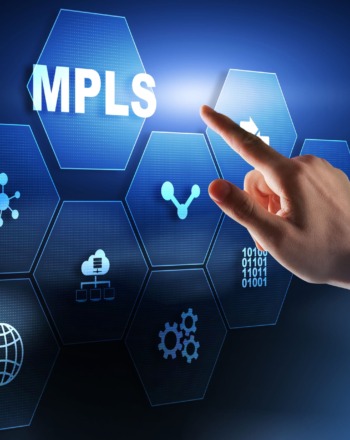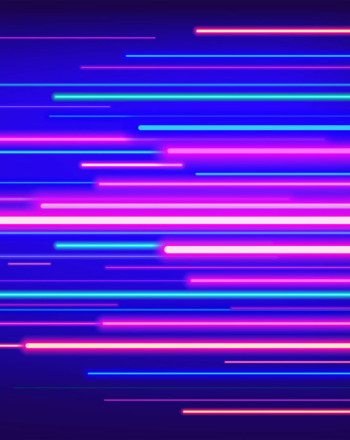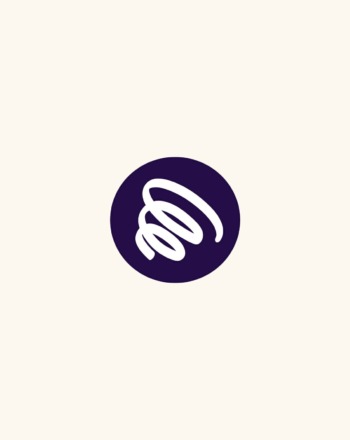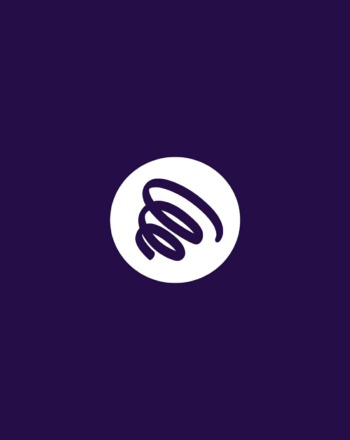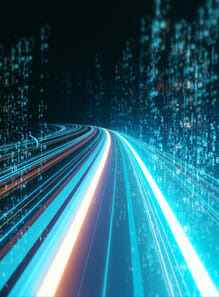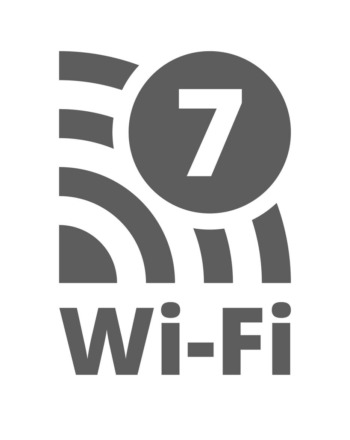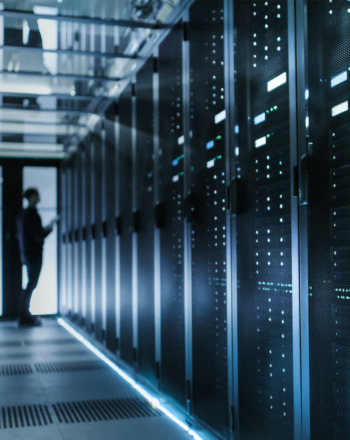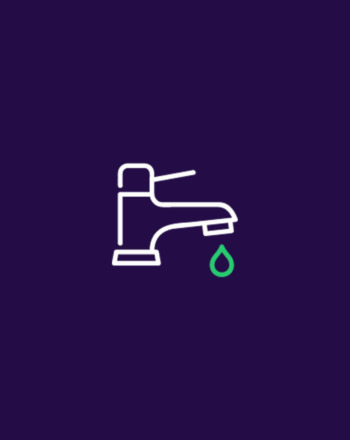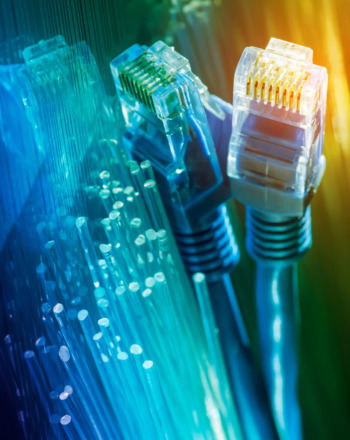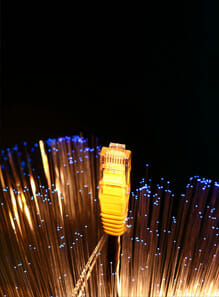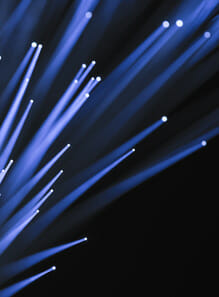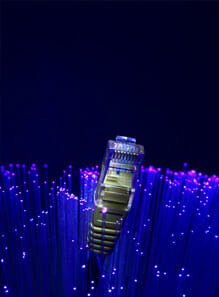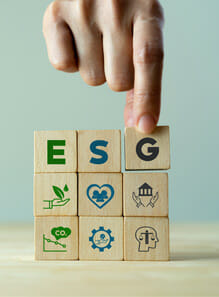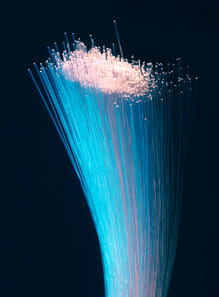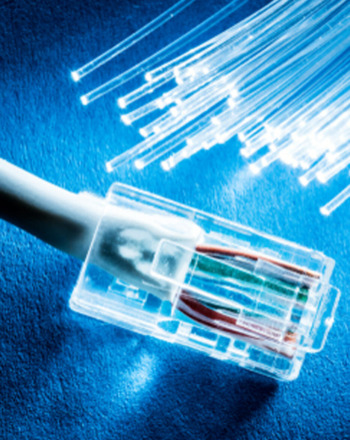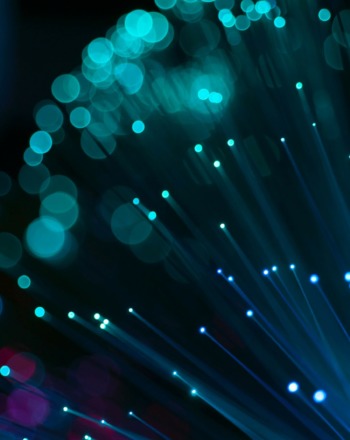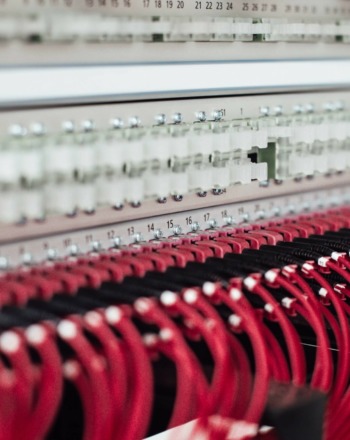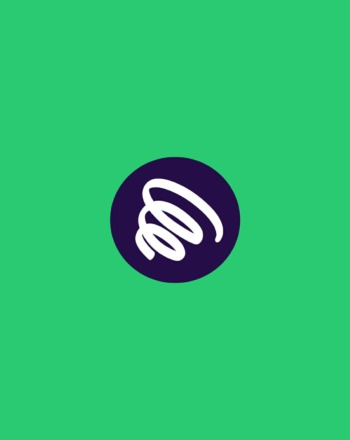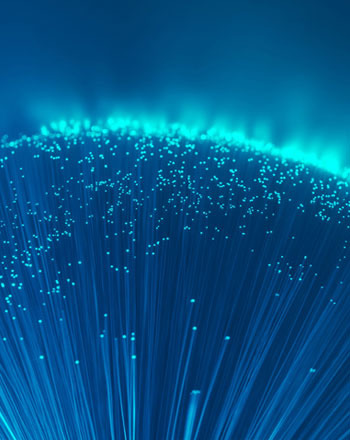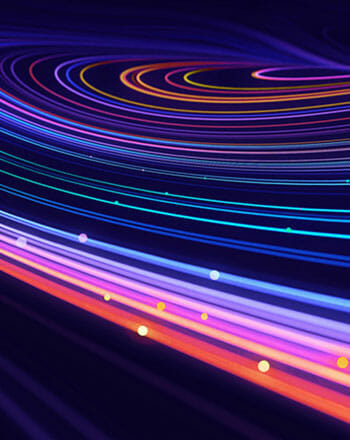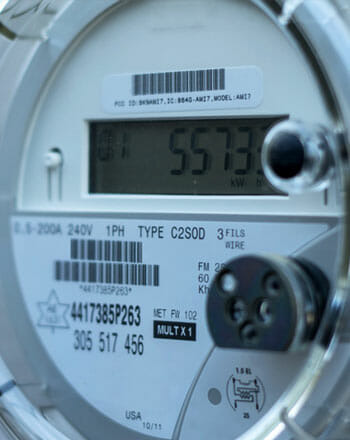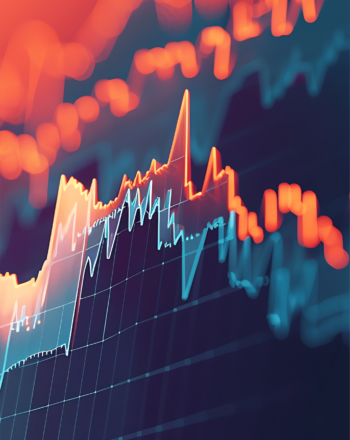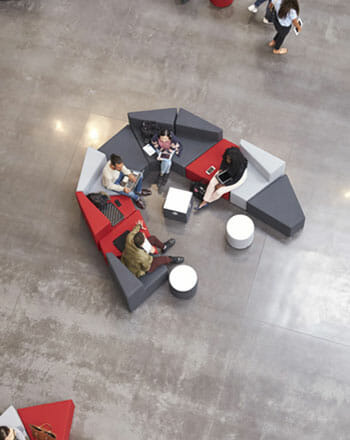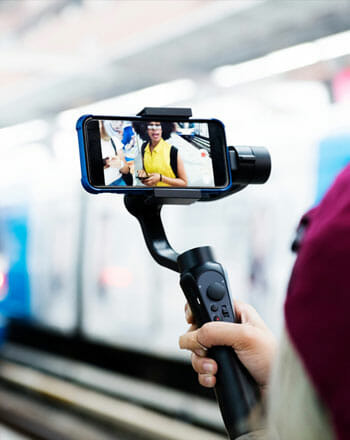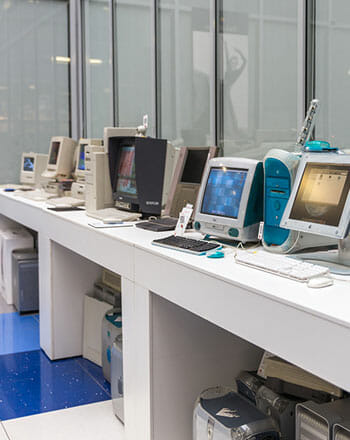The Internet of Things (IoT) has rapidly become one of the most important technologies of the 21st century, changing the way we live and work. IoT involves connecting devices and objects to the internet, enabling them to communicate with each other and share data. This technology has the potential to revolutionize various industries, from healthcare to agriculture, and create new business opportunities. In this article, we will explore IoT solutions, the several types of IoT, and their applications in various industries.
What are IoT Solutions?
IoT solutions refer to the hardware and software components used to build and deploy IoT applications. These solutions typically include sensors, gateways, cloud platforms, and analytics tools. IoT solutions are designed to enable businesses to collect, analyse, and act on data from connected devices in real-time. By using IoT solutions, businesses can increase operational efficiency, reduce costs, and improve the customer experience.
The 4 Types of IoT
There are four main types of IoT: consumer, commercial, industrial, and infrastructure. Consumer IoT includes devices that are used in homes, such as smart speakers, thermostats, and security systems. Commercial IoT refers to devices used in businesses, such as inventory management systems and digital signage. Industrial IoT involves using sensors and analytics to optimize manufacturing processes and reduce downtime. Finally, infrastructure IoT involves using sensors to monitor and manage critical infrastructure, such as bridges and power grids.
Examples of each type of IoT include:
Consumer: Smart homes and wearable technology
Commercial: Digital signage and smart vending machines
Industrial: Predictive maintenance and asset tracking in manufacturing
Infrastructure: Monitoring bridges and highways for wear and tear
In the next section, we will explore examples of IoT solutions in different industries and address the question of whether Alexa is an IoT device.
Examples of IoT Solutions
Energy Monitoring Solution
Energy monitoring solutions are used to track and optimize energy consumption in homes and businesses. By using IoT sensors, businesses can monitor electricity usage, identify inefficiencies, and reduce costs.
Environmental Conditioning Solution
Environmental conditioning solutions use IoT sensors to monitor temperature, humidity, and air quality in buildings. This data is then used to optimize HVAC systems and create a more comfortable and healthier environment for occupants.
Waste Management Solution
Waste management solutions use IoT sensors to monitor garbage levels in bins, enabling more efficient collection and reducing the frequency of collection trips. This helps reduce costs and environmental impact.
Footfall Analytics Solution
Footfall analytics solutions use IoT sensors to track the number of people entering and exiting buildings, enabling businesses to optimize staffing and improve customer experience.
Water Leak Monitoring Solution
Water leak monitoring solutions use IoT sensors to detect leaks in pipes and prevent water damage. These solutions can be especially valuable for businesses and homeowners who want to avoid costly repairs.
Water Legionella Monitoring Solution
Water legionella monitoring solutions use IoT sensors to detect bacteria in water systems and prevent the spread of Legionnaire's disease. These solutions can be particularly valuable for businesses in the hospitality and healthcare industries.
Co2 Monitoring
Co2 monitoring solutions use IoT sensors to monitor levels of carbon dioxide in buildings, which can help optimize HVAC systems and improve air quality.
People Counting Solution
People counting solutions use IoT sensors to count the number of people in each area. These solutions are useful for businesses in the retail and hospitality industries, as they can help optimize staffing and improve customer experience.
Common IoT Application
IoT is being used in a variety of industries to improve operational efficiency, reduce costs, and improve the customer experience. Some of the most common applications of IoT include:
Smart homes and buildings
Smart cities and infrastructure
Healthcare monitoring and diagnosis
Transportation and coordination optimization
Agriculture and farming
Manufacturing and supply chain management
10 Real World Examples of IoT
IoT is a rapidly expanding field with numerous applications in different industries. Here are ten real-world examples of IoT in action:
Smart Cities: Cities around the world are incorporating IoT technologies to improve efficiency and sustainability. Smart traffic lights, connected public transportation, and smart waste management systems are just a few examples of how IoT is transforming urban environments.
Precision Agriculture: IoT sensors are being used in agriculture to monitor soil conditions, track weather patterns, and optimize crop yields. This technology is helping farmers make more informed decisions about irrigation, fertilizer application, and other critical factors that impact crop health.
Asset Tracking: Companies are using IoT to track assets like vehicles, equipment, and inventory in real-time. This technology enables more efficient logistics operations, reduces theft, and enhances supply chain visibility.
Wearables: IoT is powering the next generation of wearable devices, such as fitness trackers and smartwatches. These devices can track physical activity, monitor health metrics, and even enable contactless payments.
Connected Cars: IoT is transforming the automotive industry by enabling connected cars that can communicate with other vehicles, traffic signals, and infrastructure. This technology can improve safety, reduce traffic congestion, and enhance the driving experience.
Energy Management: IoT sensors are being used to monitor energy usage in buildings and homes, enabling more efficient use of resources and cost savings. Smart thermostats, lighting systems, and appliances are just a few examples of how IoT is improving energy management.
Healthcare: IoT is revolutionizing healthcare by enabling remote monitoring of patients, improving medication management, and streamlining clinical workflows. Connected medical devices and telehealth platforms are just a few examples of how IoT is transforming healthcare delivery.
Industrial Automation: IoT is enabling greater automation of manufacturing and other industrial processes. Connected machines, robotics, and artificial intelligence are helping companies increase efficiency, reduce costs, and improve product quality.
Supply Chain Optimization: IoT is being used to optimize supply chain operations by tracking goods in real-time, monitoring warehouse conditions, and enabling predictive maintenance. This technology can help companies reduce waste, improve delivery times, and increase customer satisfaction.
Environmental Monitoring: IoT sensors are being used to monitor environmental conditions like air quality, CO2 levels, and water quality. This technology is helping governments and organizations make more informed decisions about environmental policy and resource management.
Why IoT is So Popular Today
The popularity of IoT can be attributed to several factors. Firstly, the widespread availability of affordable sensors and other IoT hardware has made it easier for businesses to adopt these technologies. Secondly, the growth of cloud computing and big data analytics has enabled businesses to process and analyse the copious amounts of data generated by IoT devices. Finally, the increasing need for efficiency and sustainability in various industries has made IoT a critical technology for achieving these goals.
IoT is being used across various industries, including manufacturing, healthcare, transportation, and agriculture. In manufacturing, IoT is being used to improve efficiency and reduce downtime by enabling predictive maintenance and real-time monitoring of production processes. In healthcare, IoT is enabling remote patient monitoring, improving medication management, and streamlining clinical workflows. In transportation, IoT is enabling connected cars, improving traffic flow, and enhancing the driving experience. In agriculture, IoT is enabling precision farming, improving crop yields, and reducing waste.
In conclusion, IoT is a critical technology that is transforming various industries by enabling greater efficiency, sustainability, and innovation. As IoT continues to evolve, we can expect to see even more exciting applications and use cases in the future.

